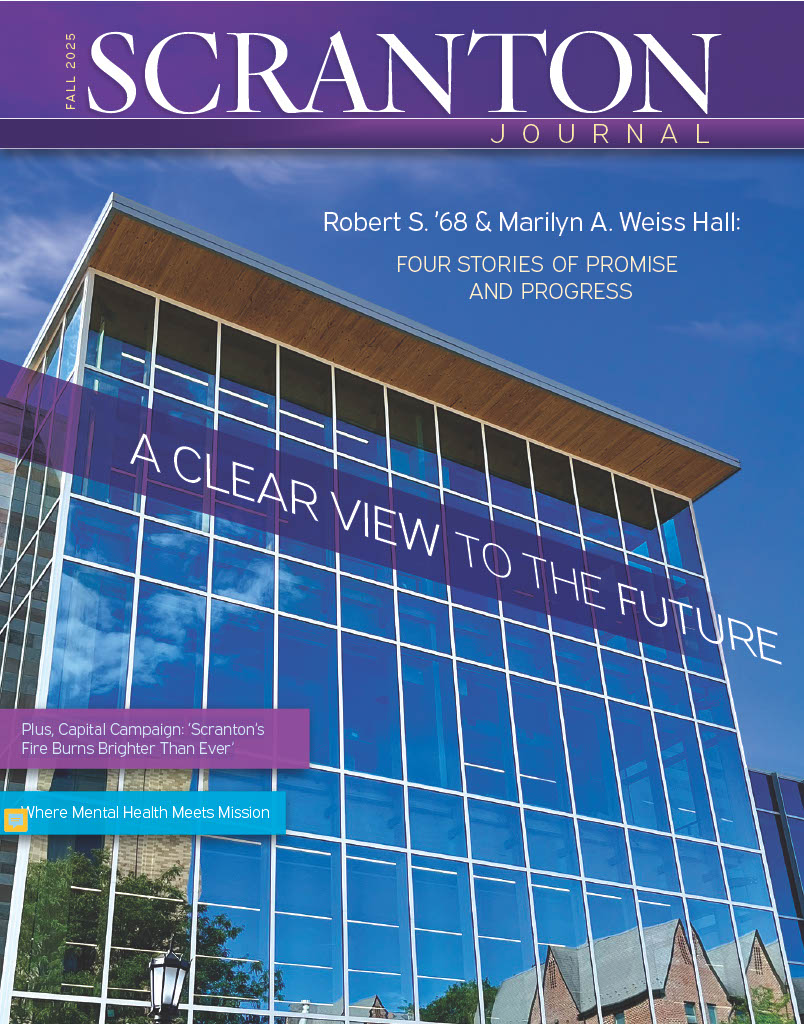John C. Norcross, Ph.D., ABPP, is distinguished professor of psychology and a board-certified clinical psychologist in part-time practice. He is also an internationally recognized authority on behavior change and psychotherapy. Author of more than 400 scholarly publications, Dr. Norcross has co-written or edited 20 books, most of them in multiple editions. He has also published two self-help books: “Changeology” and “Changing for Good” (with Prochaska and DiClemente). His work has been featured in hundreds of media interviews, and he has appeared multiple times on national television shows, such as the Today Show, CBS Sunday Morning, and Good Morning America.
1. How did you become interested in the science of self-change?
Change lies at the heart of clinical psychology. In my research, teaching, and practice, I am fascinated by how people intentionally change themselves with and without professional treatment. For the past 30 years, we have been explicating the science of change — a changeology, so to speak — in hundreds of studies and with the assistance of federal grants. Those studies have encompassed the self-change of smokers, overweight people, bullies, addicts, depressed patients, and even New Year’s resolvers, which has garnered most of the media attention.
2. Why is it so difficult to change?
Let’s face it: We quickly blame people for not changing, but rarely train them to change. That’s why, after three decades of research, I wrote “Changeology: Five Steps to Realizing Your Goals and Resolutions” (Simon & Schuster). Among the many reasons for not changing is that well-intentioned folks do the right thing but at the wrong time. My colleagues at the University of Rhode Island and I determined that one secret of successful change is knowing what to do at which step. That’s the power of step-matching. For example, getting motivated and raising awareness are effective in the early steps, but actually backfire in the later steps.
3. Can your principles be applied to addictive behaviors or is that a separate issue?
I certainly thought that change differed by the problem or disorder, and I tried to convince my colleagues of that position for several years. But I was wrong! It turns out that the research demonstrates successful change entails moving through the same five steps and employing the same strategies. That encompasses both addictive and non-addictive disorders, both individual and relational problems.
4. What areas of psychology do you notice that your students are most interested in?
At The University of Scranton and across the nation, psychology is one of the most popular majors. Approximately 60 percent of our majors are interested in the clinical and health areas of psychology. The other 40 percent desire careers in other areas of the enormously broad reach of psychology, be it baccalaureate careers or graduate studies.
5. Do they ever seek your help with personal change?
You bet! But ethics demand that, as a professor, I do not treat them; rather, I refer them and their family members to our Counseling Center or to mental health professionals in the community. I never see University students, staff or faculty in my independent practice. At the same time, a slew of my classroom assignments address personal growth and self-change. Examples include teaching relaxation biofeedback, completing personality and interest tests, writing gratitude letters, and executing behavior self-modification projects. But these activities must never trip over into formal treatment.
6. You have done a lot of work for pharmaceutical companies. What have they been most interested in learning?
They have been among my most fascinating consultations. The marketing staff at pharmaceutical companies brilliantly make their medications into household names. However, they are virtually clueless about transforming that awareness into sustained behavior changes. My task is to help them help their patients maintain healthy changes over the long-run, be it Type II diabetes, clinical depression, oral hygiene, ulcerative colitis, rheumatoid arthritis, or cigarette smoking. You see, the structure of behavior change is identical across these disparate health goals.
7. You are best known for your work on change, but can you talk about your other research?
I devote lots of research and teaching time to psychotherapy. A dedicated cadre of University undergraduates has assisted me over the years in studying the power of psychotherapy relationships, the effectiveness of self-help materials, the movement toward psychotherapy integration, and the psychotherapist’s personal treatment. Another area for which I am known on campus, and assisted by our sterling undergrads, is gaining admission into graduate programs in psychology, which led to 12 editions of our co-authored “Insider’s Guide to Graduate Programs in Clinical and Counseling Psychology.” So many fascinating topics in clinical psychology!
8. As an expert in change, tell us what changes have been most dramatic at the University since you first set foot on campus in the 1980s.
Two transformational changes leap to mind. The first concerns the remarkable growth in the physical size and footprint of the campus. The second is our evolution from a local, liberal arts college to a regional, comprehensive university that attracts students from the northeast U.S.
9. Is there anything you want to change about yourself? What are you working on?
Of course. Change is the indispensable foundation of our growth; the converse of stasis should be unacceptable to us all. My recent resolutions are to drink more water instead of diet sodas, and to exercise 30 minutes a day, even when traveling!


